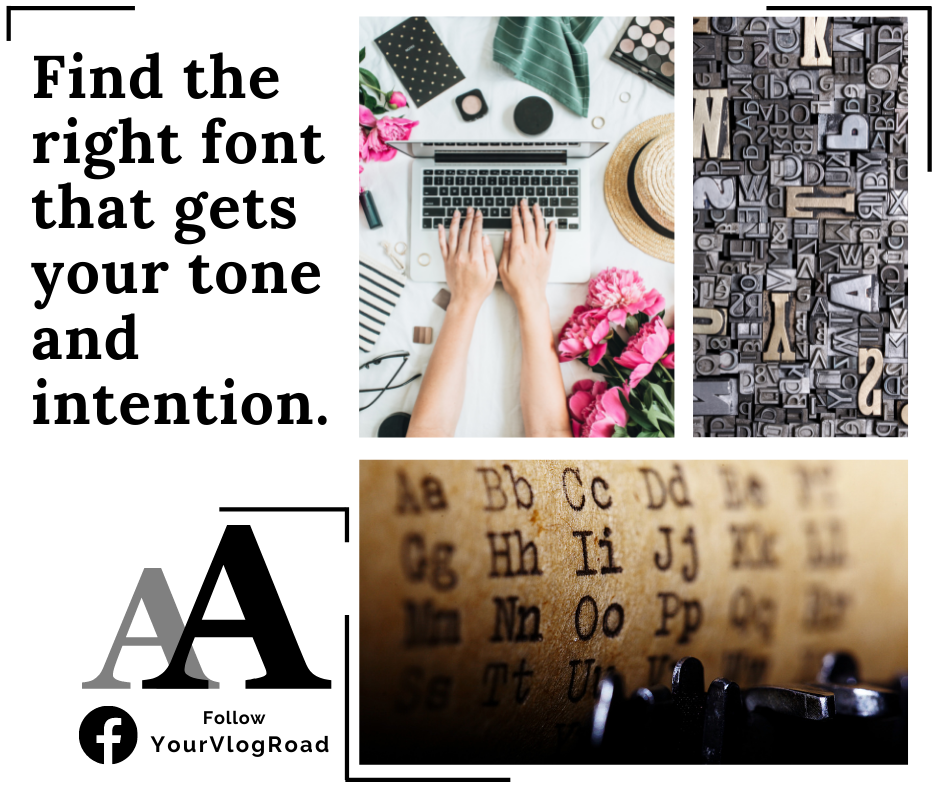
You may utilize a variety of components in your designs to elicit particular emotions. You may utilize colors, forms, and layout to elicit a broad range of emotions in your audience, from happiness to grief to enthusiasm. But there is one design aspect that is so many times ignored but may have a significant influence on your audience’s emotional response to your designs, That’s Fonts.
Font psychology is a powerful resource. The fonts you choose in your designs may have a significant impact on how your audience perceives your design and the emotions it evokes.
What is font psychology?
Yes, exactly, What is font psychology? What’s the big deal about it? And how might typeface psychology be used to form emotions in your designs?
It helps you to choose the appropriate fonts for your design.
Font psychology is the study of how different
typefaces influence ideas, feelings, and behaviors.
People associate different font kinds with extremely distinct (and often very specific) thoughts, feelings, and experiences. For example, using Arial in a design would elicit a significantly different emotional response from your audience than using Comic Sans, Lucida, or Sans-serif. Or, if you choose Verdana your primary typeface, people will link it with whole different emotions, feelings, and ideas than if you use ITC Avant Garde Gothic or Trebuchet. Understanding the many connections and emotional reactions—and how to utilize them to your advantage? That’s font psychology at work.
Now that we’ve established what font psychology is, let’s look at why it’s so essential.
Font psychology enables you to select the best fonts for your design.
One of the most compelling reasons to utilize font psychology to guide your design decisions. It enables you to select the appropriate fonts for your designs and provides you with a great deal of control over how your design is seen and received by your audience.
Assume you’re creating a poster to advertise your new women’s apparel line, and you want your audience to feel happy and cheery when they see it. A more whimsical script or graphic typeface will elicit the desired emotional reaction, but a more conventional Times New Roman would fall over time.
The idea is that when you develop a design, you want a certain reaction from your audience.
The Big Shoutout
When you understand font psychology, you gain control and are
able to select fonts that will elicit the emotional reaction
and response you desire in your design.
The right font is important for any company because it will be
the visual way and tone in which they will speak to their future
customers, and by choosing the right font, you will ensure that your
brand message is aligned with the tone you are using to speak with the
viewer and reinforce the emotions and feelings you want to be
associated with your brand, and this will create a strong brand and identity.

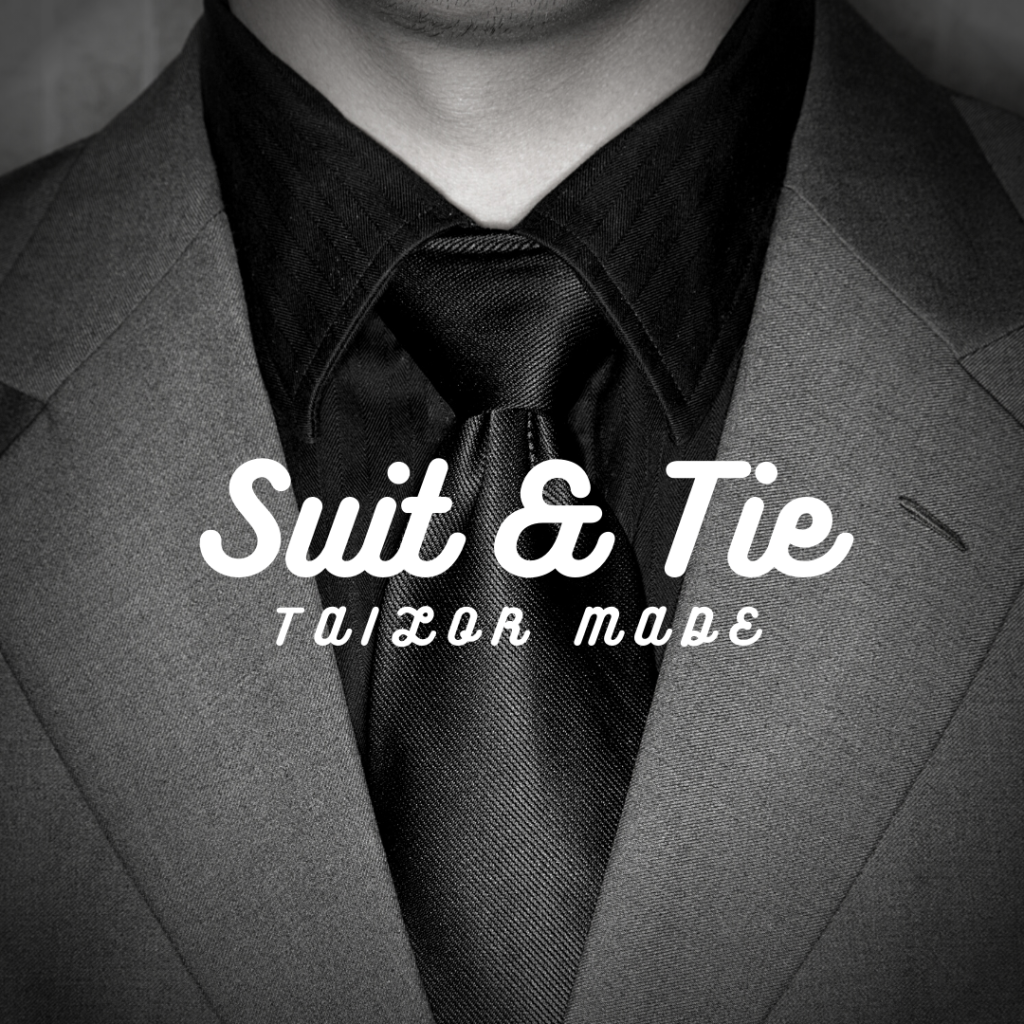
Let’s find out how to use the right typeface that perfectly gets your tone and intention.
The emotions generated by these primary typeface categories are listed below.
- Serif Fonts
- Sans Serif Fonts
- Script Fonts
- Decorative Fonts
1 # Serif fonts
Serif typefaces evoke sentiments of trust, respect, authority,
formality, and tradition, and you can see them in the logos
of brands such as the New York Times, Zara, ING,
Wells Fargo, Google, and Vogue.
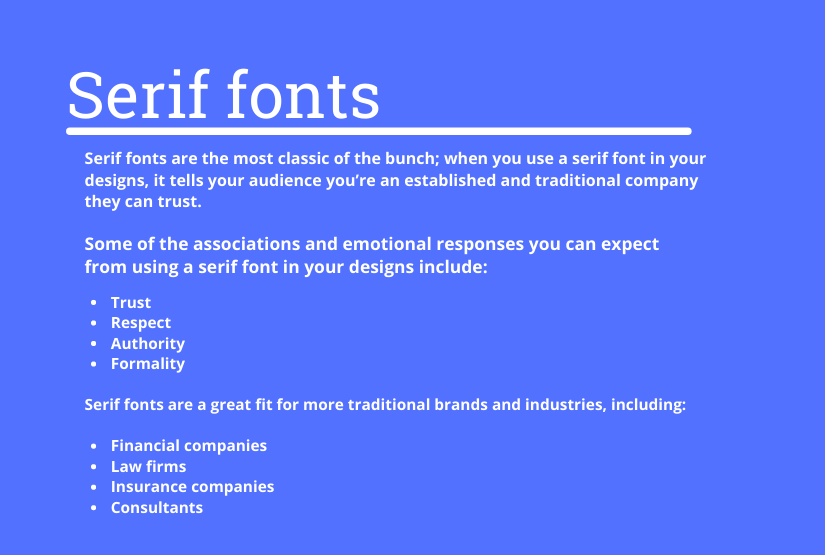
2 # Sans Serif fonts
Sans Serif fonts are typically linked with a more
contemporary appearance and eliminate additional
ornamental features, making them more legible fonts.
This attribute makes them an excellent choice for
minimalist design projects that prioritize function over appearance.
These characteristics make sans serif fonts appear cleaner,
more contemporary, and more engaging.
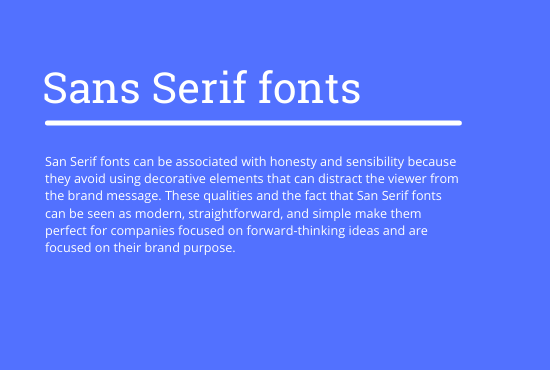
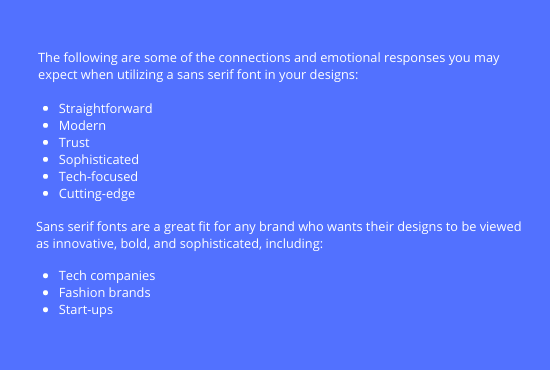
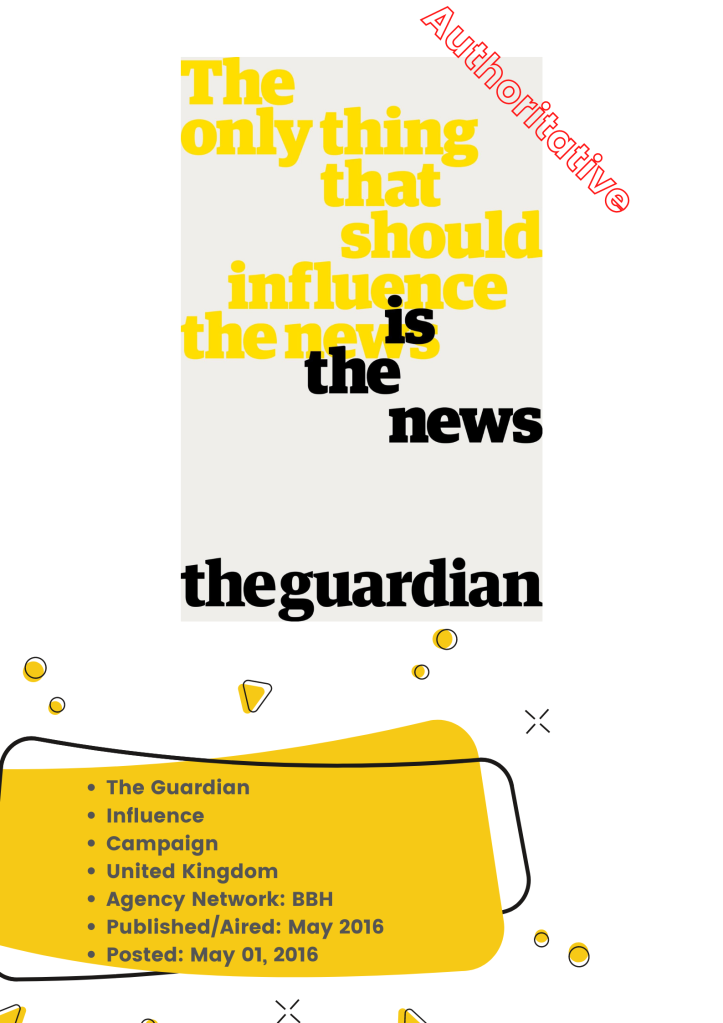
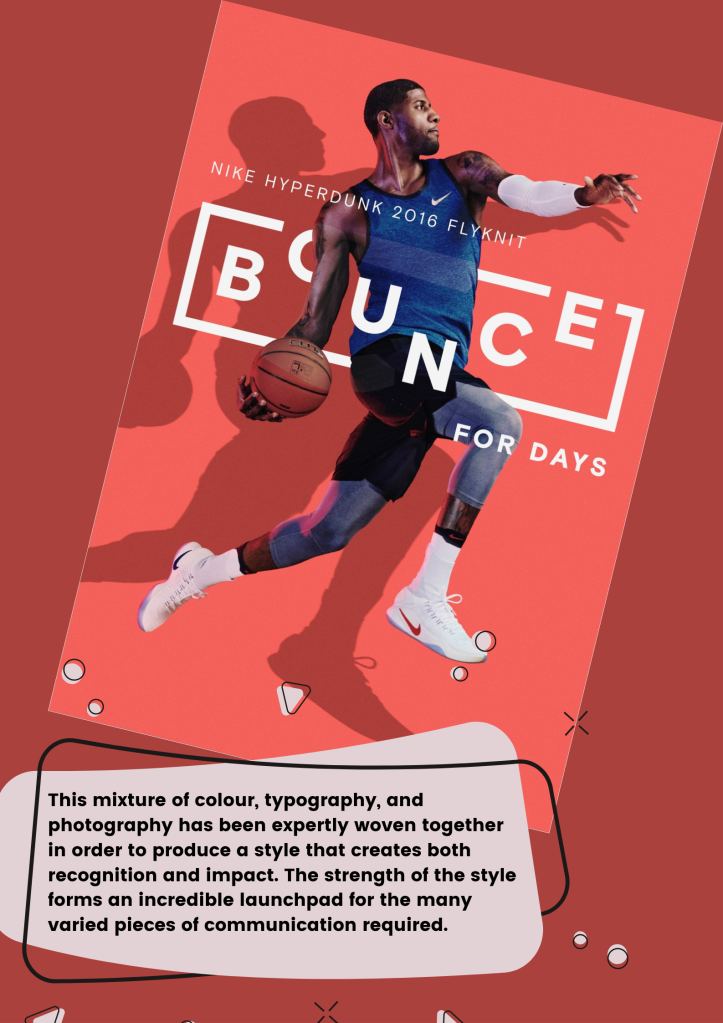
3 # Script fonts
Script fonts are ideal for a more complex and detailed style for your logo design, and they appear nicer than serif fonts. Script typefaces, owing to their calligraphic anatomy, can elicit sentiments of creativity and can be associated with the art of calligraphy
The hand-written anatomy of script typefaces makes them appear more personal and can increase consumer affinity. Regardless of how unique and personal the appearance of script typefaces is, you must consider readability and ensure that your font selection is easy to read for the audience.
Script fonts are far more intricate and detailed than other
font types; they add a “unique” appearance and feel to designs,
elevating them to a more elegant and sophisticated level.
They offer a more personal touch than other fonts since
they mimic handwriting. Script typefaces may be fun and
whimsical or more conventional and old-fashioned,
depending on the font, making them one of the most
flexible categories in the design industry.
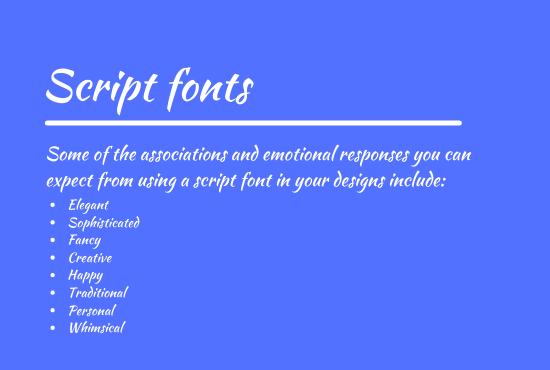

4 # Decorative fonts
Decorative typefaces are one of the most versatile fonts as they are usually customized and personally made for brands and are a popular choice for typography logo design due to their anatomy and personality.
Yes! of course, these fonts are most creative choice talking about typography as they are custom made and you can get as imaginative as possible, these factor makes them the most versatile as every display font can be associated with specific emotions that the brand wants. As these fonts are very creative and have specific feelings associated with them you need to be careful by choosing them and due to their anatomy, they are absolutely not suitable for body copy.
Due to their creative structure, and the fact that you can make display fonts from scratch, they can transmit changed feelings depending on their design, some emotions that can convey decorative typefaces are direct, casual, fun, and most of them unique. These fonts are a popular choice for food-related companies as McDonald’s and Coca-Cola or more focused on children as Lego or Disney.


Take away
In this article, we learned the importance of choosing the right font for your company and how it can help to reinforce your brand message and create a cohesive brand and identity project for your company. You can always play with colors to fit in the perfect graphic elements in your design layout and use them to evoke the unconscious emotions of your audience.
For any company or brand, it’s equally important the brand message that they want to convey but it’s also important that the way you do it and choose the right font for your message by choosing the most appropriate tone for your brand, and the feelings you want to evoke on your future customer.



Reblogged this on digitalmarketingworks101.
LikeLike